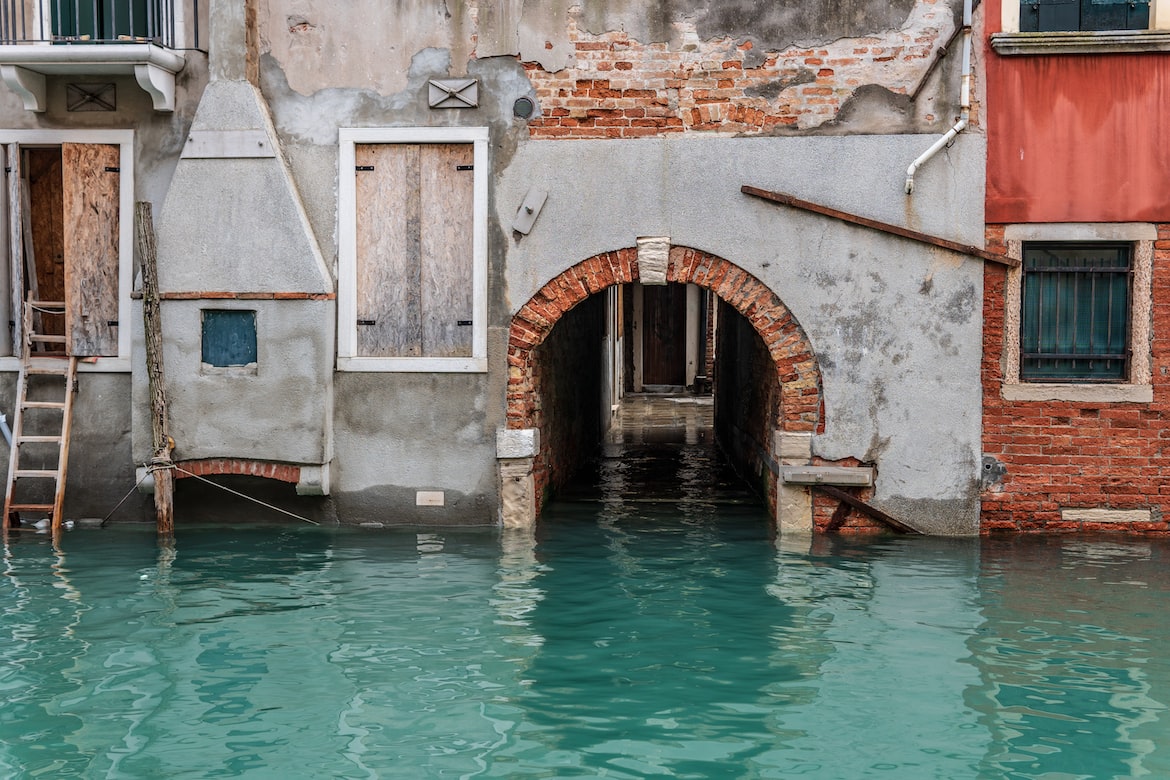Useful Tips for Preventing Flood Damage
Floods can be devastating, causing extensive damage that is often expensive to repair. While there’s no surefire way to completely prevent floods from occurring, there are some steps you can take that may help reduce the risk of experiencing severe flood damage. Read on to learn more about what you can do to protect yourself and your belongings when the waters begin to rise.
Consider installing smart flood vents
If you’re looking for a way to protect your home or business from flooding, advanced vents may be something to consider. And, on top of that, you might want to consider smart, dual-function flood vents that use sensors and internet connectivity to automatically open and close during flooding. They allow water to flow through while preventing it from causing damage to your property.
Because they can be controlled remotely, you can have peace of mind knowing that your property is safe even when you’re not there. Overall, investing in smart flood vents is a smart choice for any property owner looking to protect their assets and reduce insurance costs.
Install a sump pump
When it comes to protecting your home from flooding, a sump pump can be a lifesaver. Installing a sump pump is an important step in preventing costly flood damage to your basement or crawl space. These pumps work by collecting excess water in a basin and then pumping it out and away from your home’s foundation.
A proper setup includes a sump basin, a pump, and a discharge pipe that directs the water away from your foundation. While installation can vary depending on the specific model, most sump pumps require a pit to be dug and electrical work to be completed. That’s why you should hire a professional to ensure it’s done correctly and can effectively protect your home from potential flooding.
Doing this can positively your premiums because the insurer will realize you’re well-prepared for such disasters. Getting a suitable flood insurance quote will be easy once you show the company that you’ve taken the necessary steps to protect your property. What’s more, some insurance companies may even offer discounts for having a sump pump installed.
Clear all gutters and downspouts of debris
It’s easy to forget about your gutters and downspouts, but neglecting them can lead to serious issues for your home. When leaves, twigs, and other debris pile up in your gutters, they can clog the system and cause water to overflow, potentially damaging your roof, siding, and foundation. That’s why it’s important to clear out your gutters and downspouts regularly.
You can DIY with a ladder, gloves, and a garden hose, or hire a professional to get the job done quickly and safely. Regular gutter maintenance can save you money in the long run and keep your home looking its best.
Check the seal around windows and doors
One easy step you can take to protect your home from flood damage is to check the seal around your windows and doors. A tight seal can help prevent water from seeping in, potentially saving you from costly repairs.
Keep an eye out for cracks or gaps in the seal, and make sure to address them promptly. By taking these small precautions, you can give yourself peace of mind and potentially avoid a major headache down the line.
Install check valves on pipes
Flood damage can have devastating consequences on a property, causing thousands of dollars in repairs and irreversible damage. However, there are ways that you can prevent flood damage and save yourself a headache. Installing check valves on your pipes can effectively stop water from flowing back into your home during heavy rainfall, keeping your property safe and dry.
These valves are relatively easy to install and can potentially save you thousands in water damage repairs. Don’t let flood damage ruin your day, take preventative measures and protect your home from the unpredictable mother nature.
Elevate outdoor furniture
Outdoor furniture is a great way to add comfort and style to your backyard or patio, but when the floodwaters rise, it can quickly turn into a disaster. That’s why it’s important to take the necessary steps to elevate your outdoor furniture and protect it from flood damage.
Elevating your furniture can be as simple as placing it on cinder blocks or purchasing specially designed feet.
Place sandbags around vulnerable areas
Placing sandbags around vulnerable areas is a smart move. Sandbags can provide a temporary barrier to help prevent water from entering your home or property.
Identify the areas that are most at risk for flooding and take the necessary steps to protect them. This could include placing sandbags around doors, windows, and other low-lying areas. It’s also crucial to properly fill and stack your sandbags to ensure the best possible protection.
From installing smart flood vents to checking seals around windows and doors, these precautions will save you time and expenses down the line while protecting your family and possessions at the same time. So be sure to implement these strategies as soon as possible – you never know when you’ll need them!





